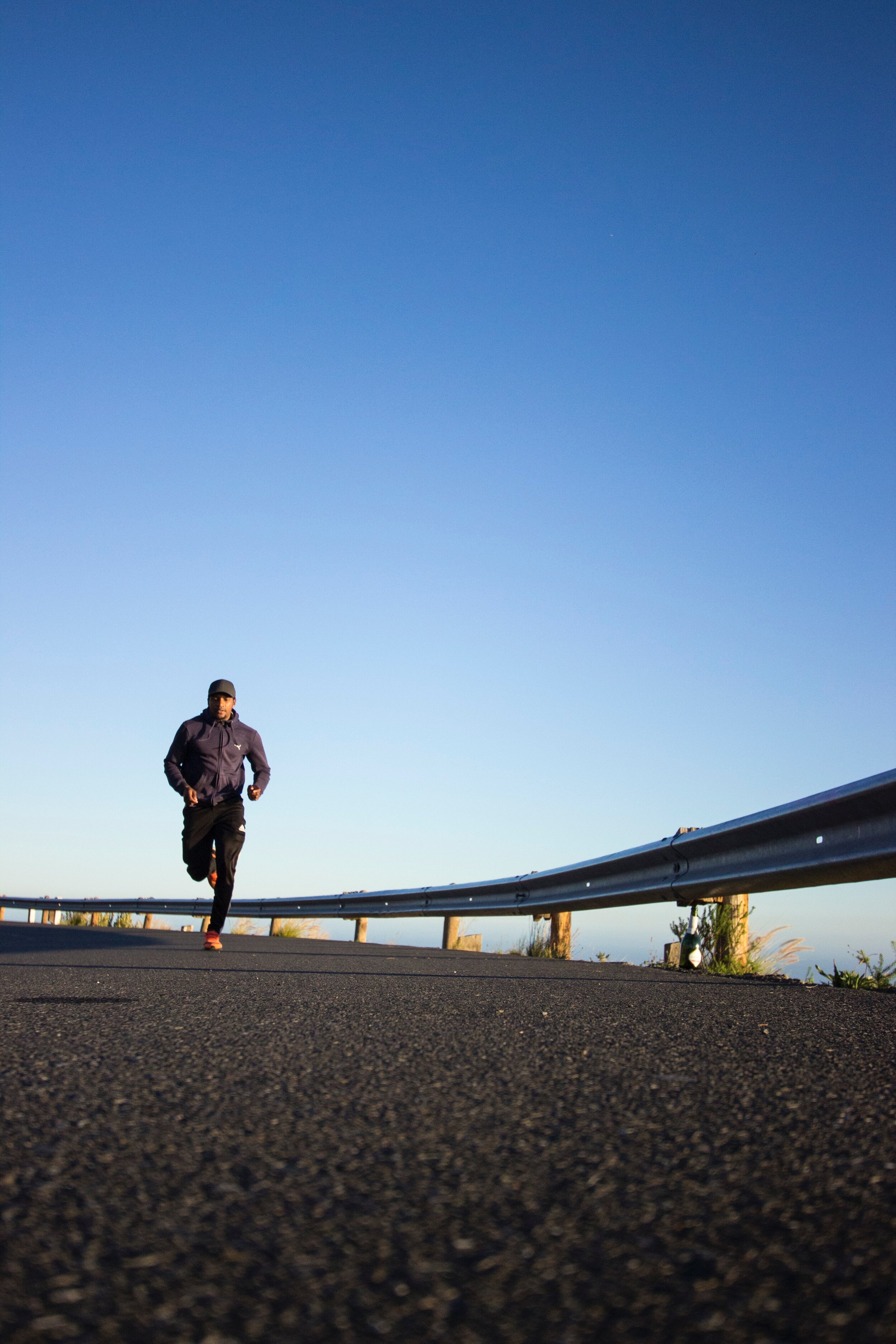Distance runners are a frequently injured group of athletes with up to 90% reporting a running related injury requiring time off from training or competition. Authors report low back pain is one of the most common sites of pain likely secondary to underlying core and hip weakness. Runners repeatedly land with 2-6 x times their body weight and significant muscle strength is required to attenuate these forces. When the forces exceed a runner’s tissue tolerance pain is felt during or after runs. Untreated low back pain is often recurrent in nature with up to 85% of runners reporting a second episode within 1 year. A recent article highlights the risk factors for development of low back pain in runners and helps identify some of the most important muscle groups to strengthen.
Gallas reported on 102 recreational distance runners averaging 20-30 km/week for at least 1 year (Orthopedic Physical Therapy Practice. 2020). The group included 35 runners with low back pain, 33 pain free runners, and 34 non runners serving as a control group. All participants underwent a subjective history, Physical Therapy examination consisting of range of motion and strength measurements (Biering-Sorensen and side plank testing. Consistent with prior research, a lower body mass index (BMI) was associated with low back pain. Performance testing revealed significant differences between runners with and without low back pain on the side bridge and Biering-Sorensen test. This highlights the importance of these two muscle groups (posterior and lateral) in runners.
Runners are encouraged to perform a bunkie test to assess their core weakness and address their strength needs based on the results of the test. Links for these videos can be found on here and here. Our low back pain strengthening class can be found here.

